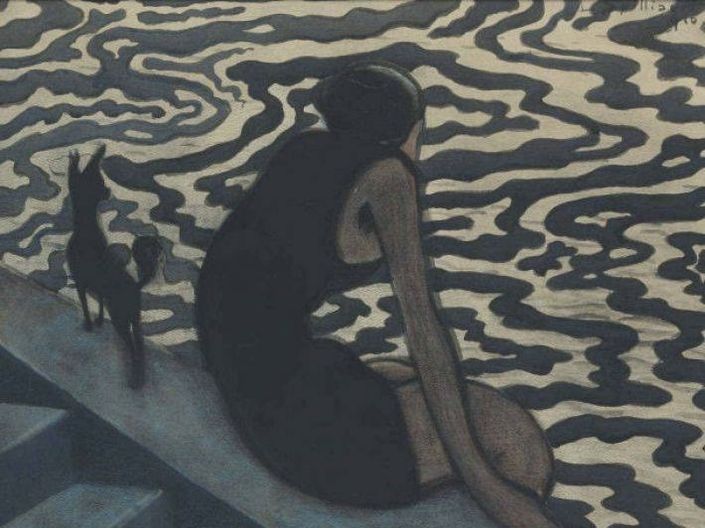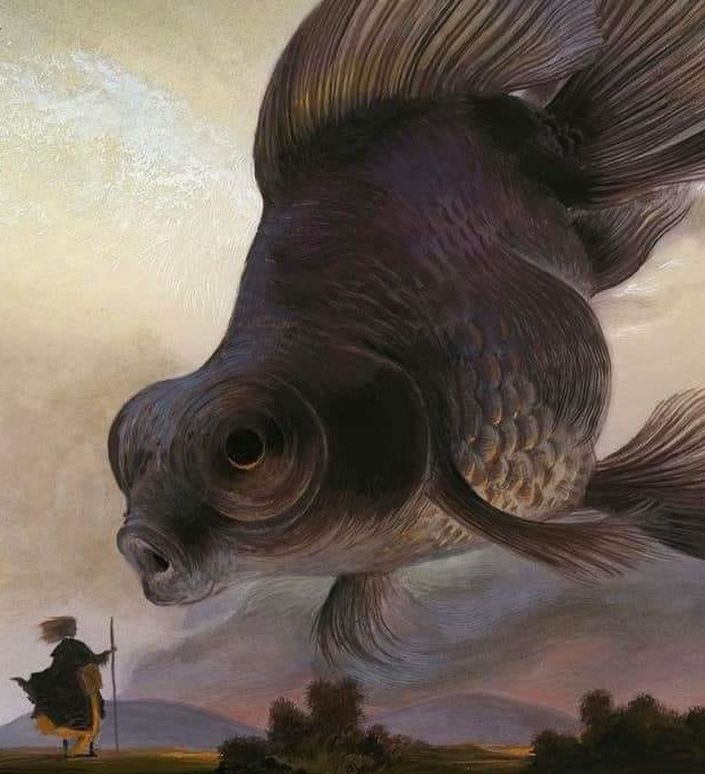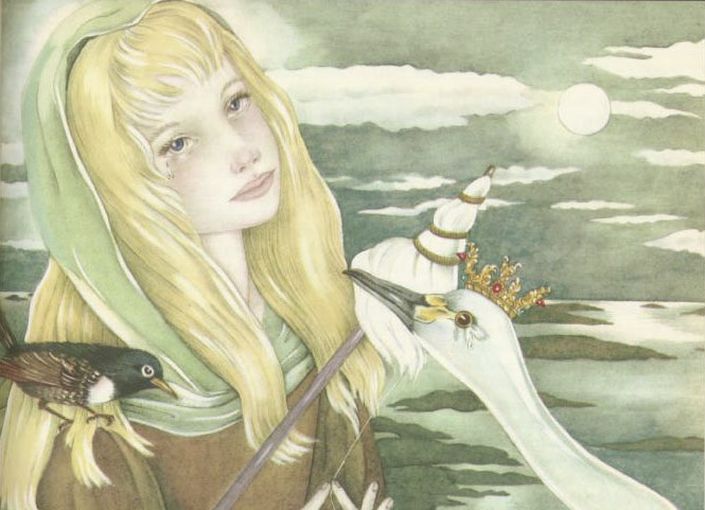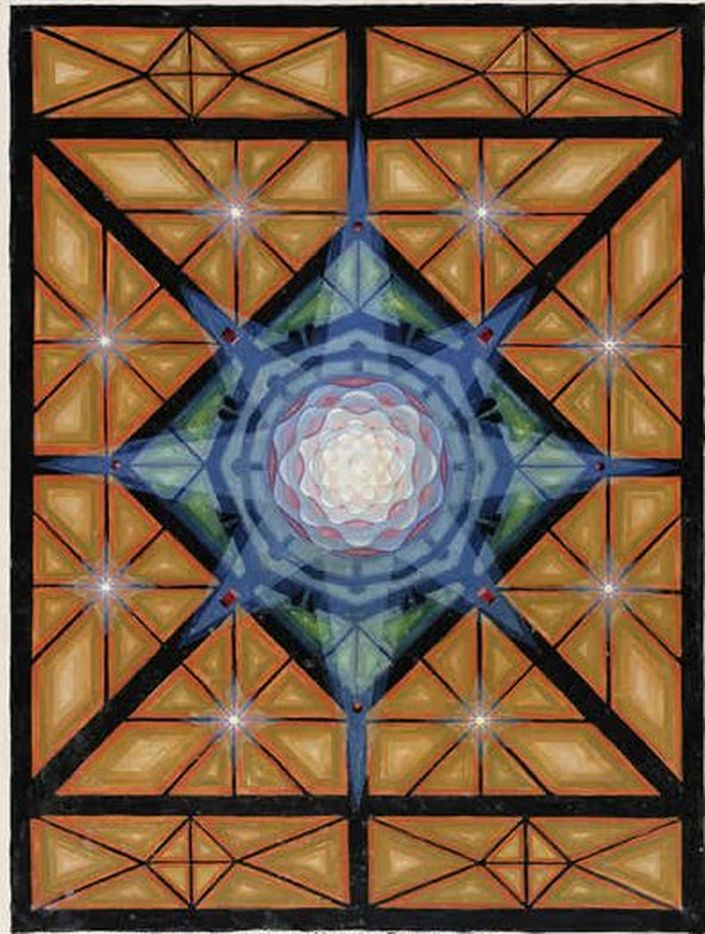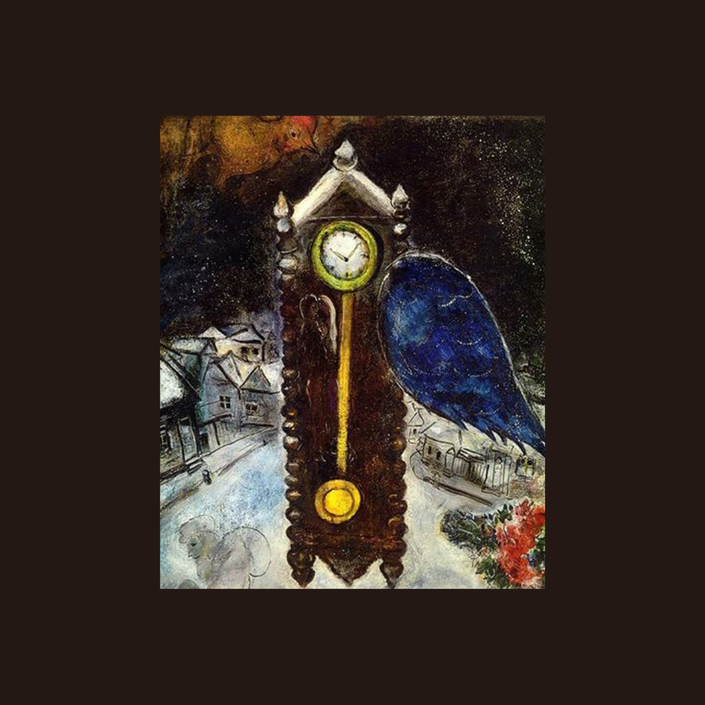
The Evolution of the Man and His
Model of the Psyche
This course offers a comprehensive overview of Jung’s Life and Work, accenting his publications as clear and fascinating markers of the evolution of his thought and experiences. It will emphasize Jung’s own writings as well as books by others in the Jungian world that may be relevant, particularly because they will aid in highlighting Jung’s influence on the world...which continues to grow and certainly will be impossible to account for fully here. You will get a hint of it!

Systema Munditotius
Published anonymously in 1955, Systema Munditotius is the title of the first mandala by 20th century psychiatrist & visionary Carl Gustav Jung. The diagram drawn “wholly unconscious of what it meant" in 1916 is symbolically related to the creative, cosmogonic vision and “portrays the antinomies of the microcosm within the macrocosmic world and its antinomies.”

The Stone at Bollingen
"Time is a child -
playing like a child -
playing a board game -
the kingdom of the child.
This is Telesphoros,
who roams through
the dark regions of this cosmos
and glows like a star
out of the depths.
He points the way
to the gates of the sun
and to the land of dreams."

Jung's Family Home
in Küsnacht
Carl and Emma Jung raised their 5 children in this home on Lake Zurich, which Jung himself had a great role in designing. Here Jung saw patients, tended to scholarly research, and conducted his private experiments with the unconscious. Inscribed in Latin above the door are the words:
"VOCATUS ATQUE NON VOCATUS DEUS ADERIT," ("Called or not called, God will be there").
We'll Look at Four Major Periods:
This course will utilize a time-line marked by four periods to establish a chronology of Jung’s life as well as to introduce his major works.
Early Years: 1875 - 1900
Scholar-Physician Period: 1900 - 1928
Master Period: 1928 - 1946
Wise Old Man: 1946 - 1961
Curriculum
- Introduction
- In His Own Words
- List of Biographies
- Life and Work Timeline
- Lecture Video: Section 1 - The Early Years 1875-1900 (13:29)
- Lecture Video: Section 2 - The Scholar-Physician Period 1900-1928 (26:13)
- Lecture Video: Section 3 - The Master Period 1928-1946 (12:56)
- Lecture Video: Section 4 - The Wise Old Man 1946-1961 (11:12)
- Test Your Knowledge
- References

